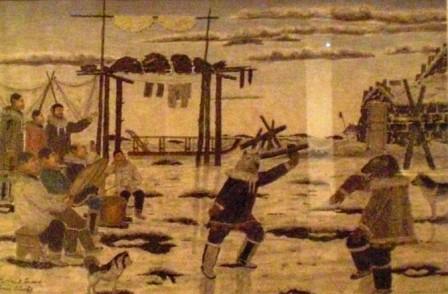Advertise | Privacy Disclaimer | Michael Arnold Art | Black History | Florida Blog | Floridian Nature |
| Dog Encyclopedia |



As conservationists and people who care deeply for animals and wildlife, we created Alaskan Nature to provide educational information about the flora and fauna of the great state of Alaska. With both our written information and our stunning photos, Alaskan Nature hopes to inspire people in appreciating and understand the true beauty of Alaska Nature.
|

